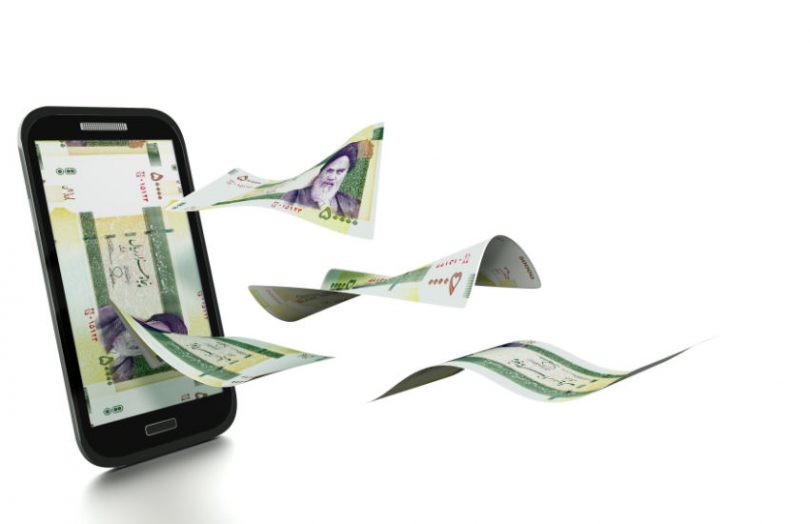Iran will launch a central bank digital currency (CBDC) pilot in September in a single region, which will then be expanded. News of the digital rial pilot was reiterated on Friday by the Governor of the Central Bank of Iran (CBI), Ali Salehabadi, according to Iran Front Page, confirming reports from other media outlets at the end of May.
A year ago, the previous Governor, Abdonnaser Hemmati, said the first iteration of the digital currency had been developed in an English announcement that stated the internationalization of its rial currency was one of the objectives.
At different times the new Governor has referred to alternative motivations such as enabling programmable money and reducing tax evasion and money laundering.
The digital rial has been developed by Iran’s Informatics Services Corporation and uses the Hyperledger Fabric enterprise blockchain. There’s been no explicit mention of whether the central bank plans to issue digital currency directly to the public. A January report stated the first tests of the digital rial would be with commercial banks, implying that banks may act as intermediaries for distribution.
Countries that are the subject of international sanctions, such as Iran and Russia, are moving at a rapid pace in developing digital currencies. Today Russia said it has accelerated its CBDC plans launching a consumer pilot in April 2023. Cross border CBDCs can provide alternative routes for payments for imports and exports for those locked out of SWIFT.
Separately, China is involved in the M-CBDC Bridge project exploring international payments between Thailand, Hong Kong and the UAE.
In terms of geopolitical relationships, like the China – Russian cooperation agreement signed before the start of the Ukraine war, China signed a collaboration deal with Iran in 2021. China is Iran’s number one oil customer and provides Iran with technology, including blockchain tech.






